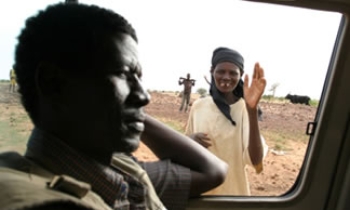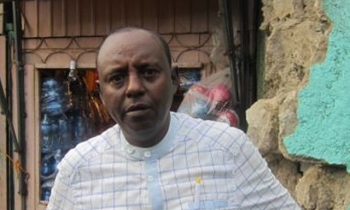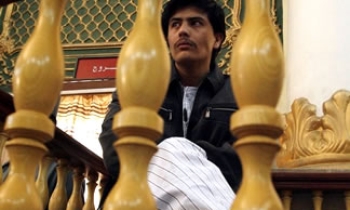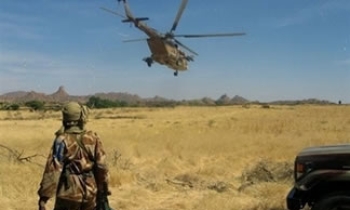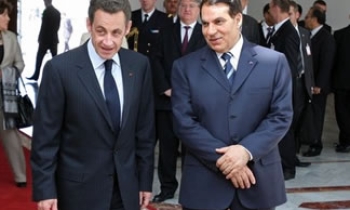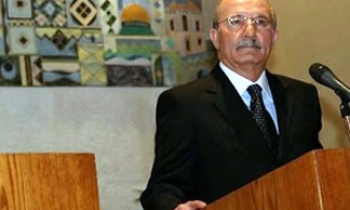HUMAROCK, Massachusetts (Hollywood Reporter) - Will Katrina and its grim aftermath spell an end to some of the excesses in TV hurricane reporting? Let's hope so.
In the case of most hurricanes, the coverage has two- or three-day arcs: preparation in the path of the storm, surf, rain and wind during the storm itself, then a day or so showing the destruction and human toll. Katrina, we know now, transcended that story line. But up until the true picture of the devastation emerged, TV news covered the hurricane with many of the standard techniques it has honed over the years.
Those included the standard reporter-in-peril live shots in the midst of 100-mph wind, driving rain and objects flying through the air. One local reporter ventured out into the maelstrom on a New Orleans street, dodging debris that whipped by and taking cover behind a trash can.
It's compelling. It's dramatic. It shows what it's really like to be in a hurricane. But is it necessary? Is it worth the risk? Many inside and outside the news business say no.
"You have to be responsible, and I don't think viewers expect us to take chances with safety," said Steve Capus, interim head of NBC News in the hours after Hurricane Katrina hit the Gulf Coast. "Nobody wants that and we don't allow it."
There's always a push-pull between headquarters and the journalists in the field; it's often because the journalists want to stay a little longer in the storm, move closer to the center, take a risk that the suits don't want. But most come to some sort of truce.
Stellar coverage of a big hurricane, like war reporting, can do wonders for a TV journalist's career. A textbook case is Dan Rather, who in September 1961 won plaudits for his coverage of Hurricane Karla and a job with CBS News. But since then, hurricane coverage has lapsed into parody and has made some wonder whether it's about the storm or the reporter.
"We're not just seeing hurricane coverage. We're seeing a screen test," said Bob Thompson, a professor of popular culture at Syracuse University. He notes that many a reporter has made a hurricane clip the first on a reel that's used in the next job hunt.
"This sense of giddiness and playing in the wind that you see sometimes, I'm not sure that's appropriate in the aftermath of a story like this," said Penn State University meteorologist Fred Gadomski. "That's not an appropriate way to cover natural disasters."
Massachusetts, like the rest of the East Coast, has experienced hurricanes. We know that we could be one big storm from disaster. Here, names like Carol and Diane spark bitter memories decades later. A surprise storm in 1938 killed 700 in New England.
Katrina is a huge story. But the hurricane -- and whatever video that was gathered during the height off the storm -- wasn't as important as the human suffering that followed all along the Gulf Coast.
While there's a larger story that will continue to be reported in New Orleans -- NBC's Brian Williams said coverage in some form will go on for years -- it's not the last hurricane that will send TV reporters into harm's way. Late last week, Ophelia -- the 15th named storm of the hurricane season -- became a hurricane and threatened the East Coast. The questions remained: What will TV do? Will it step back from the excesses?
Maybe the best advice comes from one TV correspondent, a veteran of many hurricanes including Andrew in 1992: "The first priority is safety, then the pictures."

